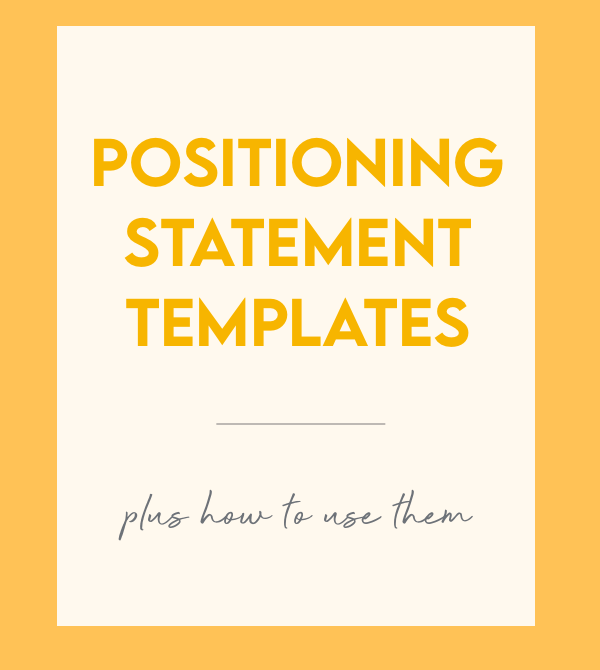One time in Vegas, I went to this fancy restaurant with a flower tunnel entrance for a friend’s birthday. It was the kind of thing where people came in to take pictures. We took our own pictures before dinner, and afterwards, walked by all the people who’d come in to take their own.
My friend (let’s call her Donna), walked a couple steps ahead of me. It wasn’t the biggest tunnel and, like I said, tons of people around us were trying to get their Insta-game on.
Two girls, struggling to take a selfie, saw Donna coming.
“Would you mind taking our picture?” they asked, holding out their phone.
“Ok,” she said, taking the phone. Just like that. Not “Ok!” or “Sure thing!” or “Of course!” Which maybe she would have done if she hadn’t just finished eating dinner and wasn’t feeling uncomfortably full. Or maybe she really did just feel “Ok” about it.
There was a pause. You could tell they didn’t know what to make of her “Ok.”
“I mean, you don’t have to,” said Bethany (she looked like a Bethany). But even as her mouth said it, Bethany was still Insta-posed. She wanted Donna to take the dang picture already. “You don’t have to” was just her way of being polite.
But one of the things I love most about Donna is her tell-it-like-it-is style.
“Ok,” Donna said again. She handed the phone back and kept walking, right through that beautiful, kitschy tunnel full of plastic flowers.
I could almost feel their shock.
“What a b*tch,” I could hear Bethany mutter to her friend.
Outside of the restaurant, I had to ask.
“What was that about?” I jerked my head back at Bethany.
“Oh yeah, it was so weird. Guess they didn’t want me to take their picture?” Donna shrugged. “So should we go to the dualing piano bar or play slots?”
That confusion is what happens when you aren’t being clear—when you say one thing but mean something else. Don’t expect the Donnas visiting your site or checking out your Instagram to read between the lines. If you want them (and everyone else) to know what you do, you need to tell them.
A beautiful and simple way to do this is by writing your positioning statement. A positioning statement quickly explains what you do and should be front and center on your website. You can break it up and use pieces of it in your social media bios or when writing captions.
Ready to write yours?
Here are two templates! (And remember: be specific!)
Positioning Statement Template for Your Small Business
Hook (catchy one-liner that grabs your client’s attention) + What’s your title? + What do you do? + How does what you do/you help your clients? + (If you’re not for everyone) Who are you for?
Positioning statement example for small business
Here’s a positioning statement I wrote for Molly at Farmhouse Creative Marketing.
Farmhouse Creative Marketing Positioning Statement:
Business mentorship that’s equal parts heart & know-how.
Ready to level up your business but don’t know where to start? I’m here to help you deeply connect your business with your purpose through 1:1 mentorship sessions, self-paced online courses, and small group mastermind intensives. Let’s get started!
Let’s break it down to see how it includes all the major parts we’re looking for.
Business mentorship that’s equal parts heart & know-how. (Hook + Title)
Ready to level up your business but don’t know where to start? I’m here to help you deeply connect your business with your purpose (How do you help your clients) through 1:1 mentorship sessions, self-paced online courses, and small group mastermind intensives (What do you do—specificity is good!). Let’s get started!
Positioning Statement Template for New Services
Now, if you’re looking for ways to talk about your new service or feature, starting with a positioning statement is perfect. Here’s a template and an example.
Hook (catchy one-liner that grabs your client’s attention) + What’s the service name? + What does it do for your client? + How does it benefit your client + (If you’re not for everyone) Who are you for?
Positioning statement example for a new feature
Here’s a positioning statement I wrote for HoneyBook’s Chrome Extension feature.
A “low-key lifesaver” is here and it’s basically magic for your inbox. (Hook)
HoneyBook Extend (Name) is a Chrome Extension for your Gmail inbox (Who are you for—people who use Gmail) that seamlessly moves email inquiries into HoneyBook (What does it do) so you can save time (How does it benefit clients). By keeping track of everything in one place, you can follow up fast and consistently, allowing you to book up to 50% more clients than before. (How does it benefit clients)
